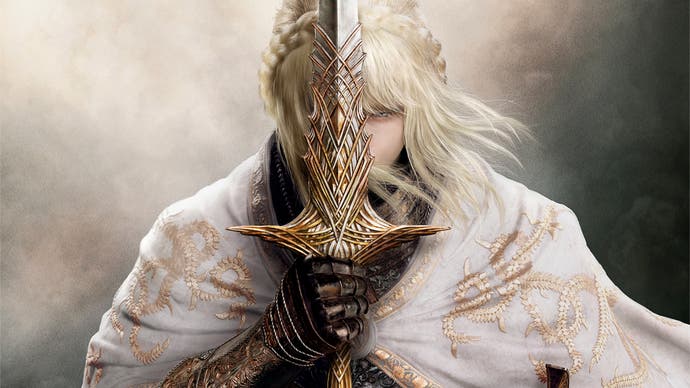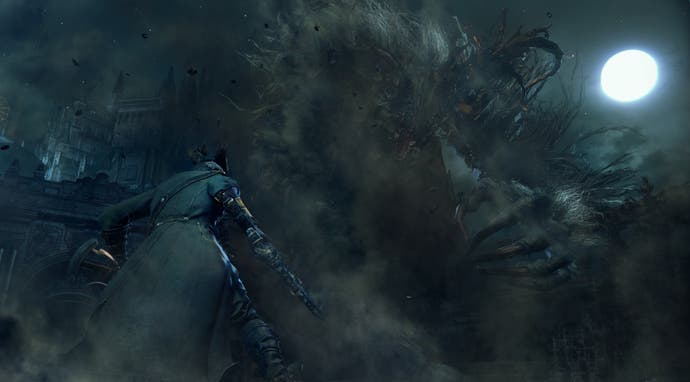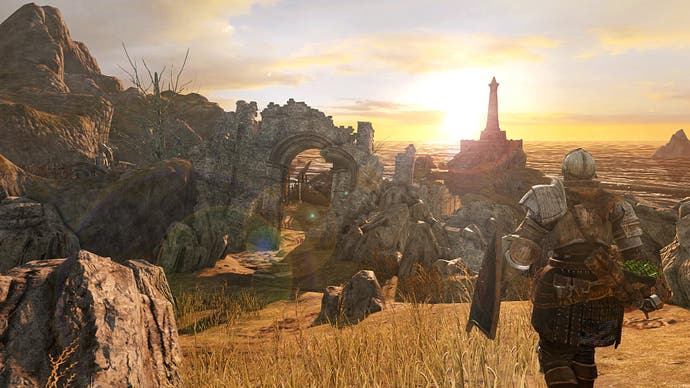One of those rare clarifying moments in my life came when I was told that the whale in Moby Dick didn’t symbolise anything. Or rather, it didn’t symbolise any one single thing in a fixed and coherent way. The whale might symbolise a handful of things, and those things might contradict one another and you’d just have to live with it. Also the whale was simultaneously a whale – no just or merely a whale, because there is never anything “mere” to be had when a whale is involved.
This was a brilliant thing to learn, and I still think about it often. Symbolism and things like that were very exciting when I was first learning about art and literature, but the danger, I guess, is that they become binary, a kind of substitution cypher. If the whale is a single thing, then Moby Dick is a puzzle that can be solved and we can all move on to other things. But it’s not a single thing. It contains multitudes, to borrow a handy phrase from a contemporary of Melville. This frees it and sets it loose in the wild oceans of the mind. It is forever a thing of inference and speculation, of contradiction and dark wonder.
I may have written about this before. No bother. At the moment, anyway, these thoughts very much remind me of Elden Ring, which is getting Elden Ring DLC this week in the shape of Shadow of the Erdtree. Inference and speculation, contradiction and dark wonder. I have my own relationship with Elden Ring, as I do with almost all FromSoftware games. I have played them a bit, some of them really quite a bit, and always enthusiastically. And then I have inevitably stalled on a skill issue or a simple matter of cognitive overload: too many threads to keep track of, so when I step away for a week or two, further progress becomes unthinkable. But this is only part of my relationship with these games, and it may actually be the weaker part. I love FromSoftware stuff and I think I love it passionately. I just love to talk about it, think about it, and most of all hear about it.
And so more Elden Ring means more of that. More watching videos on the minutiae of lore and more listening to friends who are playing the game and experiencing it in their own ways. It’s always been like this with FromSoftware games, back from the first moment that I had a coffee in Brighton with Simon Parkin and he told me about this wild and confusing game he was trying to play: Demon’s Souls. (I’ve definitely written about that before.) I think there’s a reason why FromSoftware’s games make for such excellent spectator sports, why simply learning about them feels so active. And it all comes down to the way they’re designed to tell their stories.
What’s your favourite Soulslike?
139,659 votes
Dark Souls 1
Dark Souls 2
Dark Souls 3
Sekiro: Shadows Die Twice
Elden Ring
Other (Bloodborne, Lies of P, Nioh, etc)
When I play Dark Souls, to put it politely, I am not taking notes. I am frantic. My key memory of the game is hiding in a gloomy room in Undead Burg, huddling, if the animation had allowed it, near a bonfire, desperately afraid to go outside because a bunch of low-level skeletons would kill me. I wasn’t thinking about the lore, or about what Undead Burg could have been before it was undead, before it was a burg. I was thinking about the next two minutes and whether I could make it through. I was thinking about whether I should be farming souls, grinding to get a little more powerful. I was thinking about how to deal with a ranged skeleton while I was already confronting two melee skeletons.
But some people really are taking notes. The first half of a FromSoftware game – the battling through it, the traditional play part – actually is pretty easy to them, which frees them up for the second part. This is where a combat and exploration game becomes a sort of narrative puzzle, but a puzzle without a single solution. FromSoftware games are, to a group of brilliant people, the ultimate cold cases. What happened here? Why is everything ruined? What was it like when it wasn’t ruined? What happened to Godfrey?

Here’s an interesting distinction that has just occurred, in fact. Lots of games are built on ruins. Lots of games, as Gears of War had it, are in thrall to ruined beauty. But while they may go a certain way into sorting that all out – oh, this was an urban paradise before Emergence Day! You should have seen it! – FromSoftware tends to think very deeply about the history of its ruined worlds.
To put it another way, I’ve had chats and watched videos made by creators who have drawn lines between disparate parts of Lordran, say, because of architectural similarities. This is part of how FromSoftware likes to tell its backstories, as I was once informed by an expert: it hopes you’ll notice two buildings with the same features in very distant spots. Or maybe, in Bloodborne, it hopes you’ll notice that so many of the statues are blindfolded. Or another FromSoftware game will hope you notice that somebody really carved a space for a town in this mountain range, and that was an odd thing to do. Why?
From these questions, from this process of noticing little hard-to-notice things, FromSoftware starts to whisper its narrative to players who are really paying attention – and the players, hopefully, will tell their friends, friends like me. Friends who can’t make it that far in a game but love this kind of narrative archaeology.

That’s part of the storytelling anyway: scattered hints, possible connections, invitations to believe that there is a purpose behind the smallest details. The second part of the storytelling approach clips together with it. Or rather, it should clip together with it, if only it were there. This part could be summarised as the judicious deployment of gaps. FromSoftware likes to give you so much, but then it will leave gaps for you to cross, gaps for you to close off, threads for you to tie together. It doesn’t just invite speculation, it requires it.
And the prod towards one of these gaps or threads could be anything, large or small. What kind of thing would have left the injuries on these dead enemies scattered around? What would someone as powerful as this boss be so afraid of that they shut themselves up here? Why does this common enemy sometimes, very rarely, drop a certain item, which really doesn’t seem to fit with them? This is the kind of stuff FromSoftware wants players to ponder upon. Sometimes it feels like the real game. The people who untangle this stuff feel like magicians.
The genius of leaving gaps for the player, of course, is that it makes untangling the narrative an active process for the player. I would say it’s akin to the way GCSE teachers create quizzes for their students in the run up to an exam, but FromSoftware’s not just testing you to see if you know the correct answer, it’s encouraging you to speculate, to be creative as you wade out into the lore in search of a possible answer.

I know this feeling, which I glimpse, again, more in conversations with players and video makers than in my own experience of the game. The urge to connect distant things, to look for shared themes, to bring elements into alignment. This is part of the process of writing – the spookiest part of the process, which for me at least shimmers back and forth between visibility, sometimes conscious and active, sometimes ticking away in the background while I eat a whole bag of Skittles or do the ironing.
And the funny thing about writing is that it can reveal things, or hint at revelations, that take you to a deeper, more human level. Learning about Fia in Elden Ring, the deathbed companion of the dying, I’m tempted to think that someone who worked on this stuff was really knowledgeable and thoughtful about end-of-life care, and the things it requires of carers and patients alike. I see all the rot and the blight and I think that someone knows a lot about illness, about the human cost of it, but also the way that sometimes it opens up a new perspective, a new way of seeing. I didn’t expect to see this kind of stuff in a blockbuster game, which is maybe my own limitation. But have I seen it? I am left to speculation.
And that’s the point. Symbolism can lead to solution, can lead to the end of the whole process. Shut the book, nod to yourself and move on. But what if you can never be entirely sure? Then the process can continue forever, and grow richer and more human as it goes.
